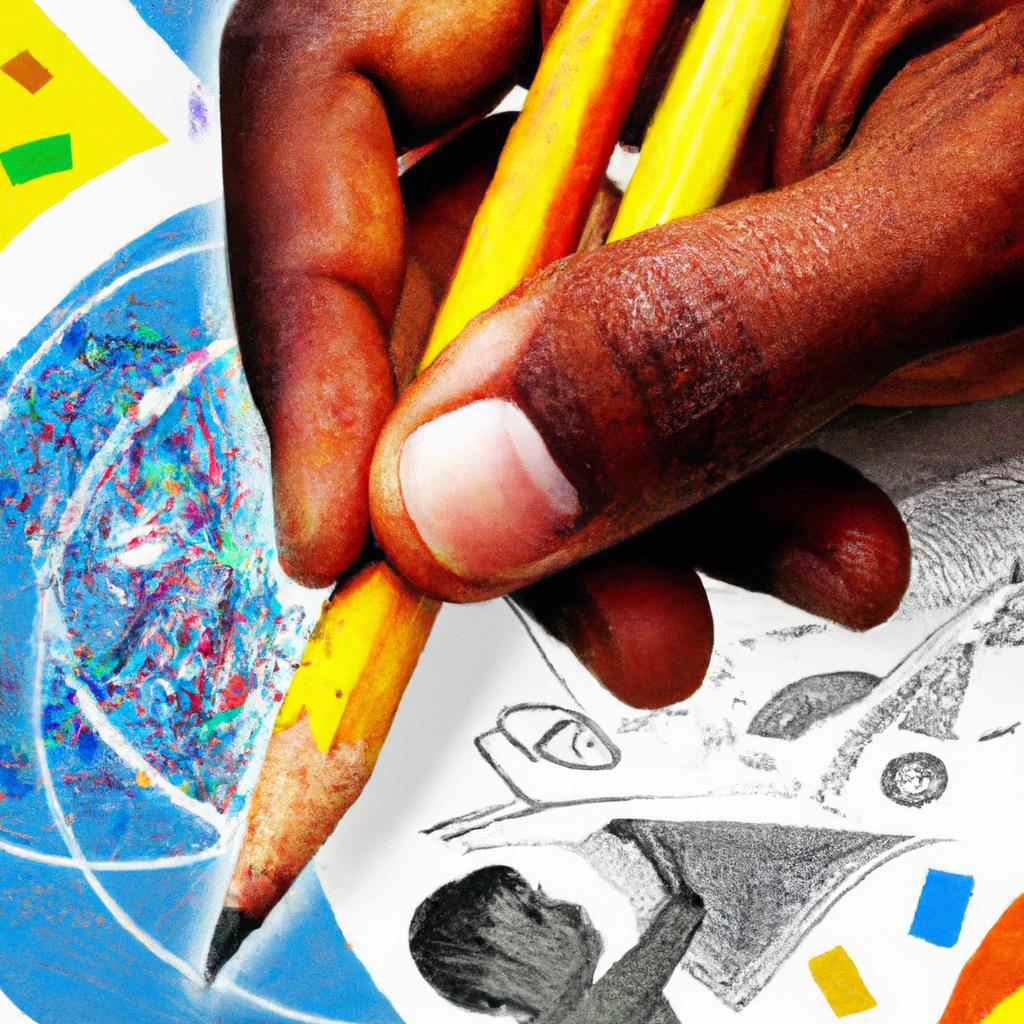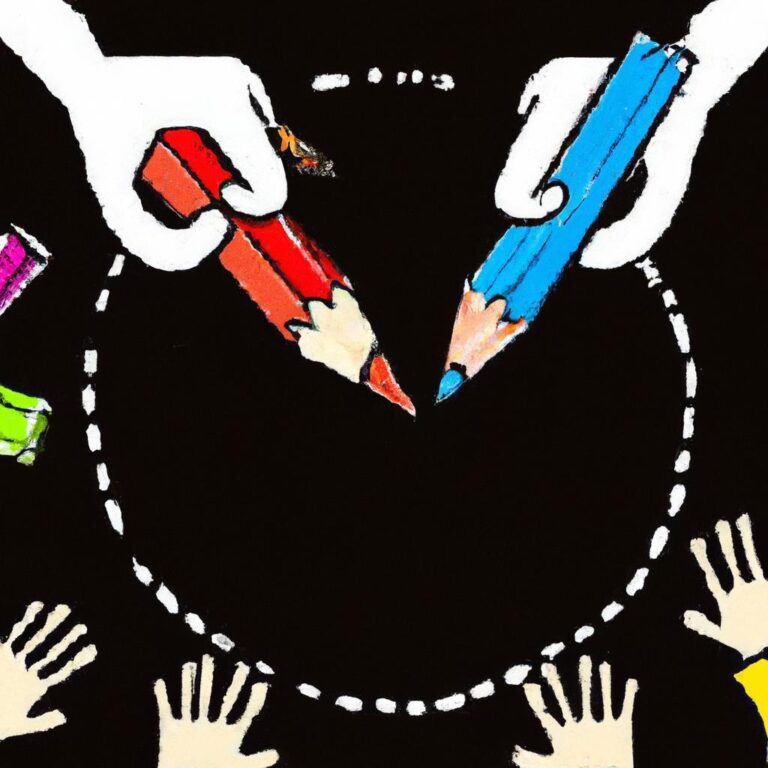In a world increasingly defined by the complexities of technology and global connectivity, the foundations of a successful future often hinge on an unexpected catalyst: early education. As the sun rises on a generation brimming with potential, the opportunity to shape minds before they even reach the classroom beckons. The concept of education extends far beyond the simple strokes of a crayon on paper; it encompasses the nurturing of creativity, critical thinking, and emotional intelligence in our youngest learners. Yet, as countless studies reveal, access to quality early education remains a privilege for some and an unattainable dream for others, especially in communities burdened by poverty. This article delves into the transformative power of investing in early education not only as a pathway to individual success but as a crucial strategy in breaking the cycle of poverty. By exploring innovative approaches, community initiatives, and policy frameworks, we can envision a brighter future where education serves as the great equalizer, empowering every child to rise to their fullest potential. Join us on this journey beyond the crayon and into the heart of a movement dedicated to changing lives, one classroom at a time.
Investing Early: The Critical Role of Quality Education in Poverty Alleviation
Quality education serves as a fundamental pillar in the battle against poverty, particularly when it’s delivered in the early years of a child’s development. Investing in early education equips children with essential skills that lay the groundwork for their future academic and economic success. These skills encompass critical thinking, socialization, and emotional intelligence, which are vital for navigating life’s challenges. When children are exposed to enriched learning environments, they are more likely to break the cycle of poverty through:
- Improved Academic Outcomes: Early educational interventions enhance literacy and numeracy skills.
- Enhanced School Readiness: Children enter school better prepared to learn and thrive.
- Long-term Earnings Potential: Access to quality education correlates with higher income later in life.
Moreover, investing in early education is not just an individual benefit; it also fosters economic growth and community development. By supporting early learning initiatives, societies can reduce the future costs associated with social services, healthcare, and criminal justice. The ripple effects of this investment can be illustrated through the following outcomes:
| Outcome | Impact |
|---|---|
| Reduced Dropout Rates | Higher graduation rates, leading to a more educated workforce. |
| Lower Crime Rates | Communities experience decreased crime, creating safer environments. |
| Increased Economic Mobility | Children from low-income families have a better chance of climbing the economic ladder. |

Building a Strong Foundation: The Impact of Early Childhood Development Programs
Effective early childhood development programs serve as a crucial springboard for lifelong success. By providing children with access to quality education, nutrition, and social services, we enable them to thrive academically and emotionally. Research shows that investment in early education can yield substantial returns, not just for individuals but for society as a whole. As these young learners develop cognitive and social skills, they gain the tools necessary to break the cycle of poverty. Here are some key benefits these programs offer:
- Cognitive Development: Enhanced brain development through structured learning experiences.
- Social Skills: Improved interaction with peers fosters cooperation and communication.
- Future Earnings: Higher educational attainment leads to better job prospects and increased earning potential.
Moreover, investing in early education also serves to alleviate the burden on social welfare systems in the long run. By equipping children with essential skills from a young age, we can dramatically reduce the need for remedial services later in life. A recent study highlighted these staggering statistics:
| Age Group | Investment Return |
|---|---|
| 0-5 years | Up to $7 for every $1 spent |
| 6-18 years | Approx. $4 for every $1 spent |

Empowering Communities: Strategies for Effective Funding and Resource Allocation
To effectively empower communities through strategic funding and resource allocation, it’s essential to focus on early education as a transformative investment. Allocating resources toward programs that support and enhance early childhood learning can yield substantial long-term benefits, especially in low-income areas. Key strategies that have proven to be impactful include:
- Targeted grants aimed at innovative early education programs that focus on holistic child development.
- Building partnerships with local organizations to leverage community resources and expertise.
- Implementing training for educators that emphasize culturally responsive teaching practices.
- Fostering parental engagement to create a supportive home environment conducive to learning.
In order to streamline funding and maximize its efficacy, tracking and analyzing the impact of early education investments is crucial. By establishing a framework for accountability and transparency, stakeholders can ensure funds are utilized efficiently, directly supporting local community needs. Consider the following table which outlines various funding sources alongside their potential impacts:
| Funding Source | Potential Impact |
|---|---|
| Government Grants | Expand access to quality early education programs. |
| Corporate Sponsorships | Enhance resource availability through donations of materials and expertise. |
| Community Fundraising | Engage local stakeholders and foster a sense of ownership. |
| Nonprofit Initiatives | Support targeted programs addressing specific local educational challenges. |

Measuring Success: Metrics to Evaluate the Impact of Early Education Investments
To truly understand the impact of investments in early education, it is essential to evaluate a variety of metrics that collectively paint a comprehensive picture. Academic performance, measured through standardized tests and assessments, is a primary indicator of long-term educational outcomes. Kids who have attended quality early education programs often show improved literacy and numeracy skills as they progress through their academic careers. Additionally, we should consider social-emotional development, which can be gauged through behavioral assessments and surveys that measure interpersonal skills, cooperation, and emotional regulation.
Another critical facet is economic impact, which can be assessed through tracking employment rates and income levels of individuals who benefited from early education. This includes observing both short-term employment outcomes and long-term career advancement. Furthermore, assessing the return on investment (ROI) for early education initiatives can be achieved by measuring cost savings in social services, healthcare, and criminal justice systems, which can be reduced through better educational and social outcomes. It would be beneficial to create a table to illustrate these metrics effectively:
| Metric | Description | Measurement Tool |
|---|---|---|
| Academic Performance | Assessment of literacy and numeracy skills. | Standardized tests |
| Social-Emotional Development | Evaluation of interpersonal and emotional skills. | Behavioral assessments |
| Economic Impact | Tracking employment rates and income levels. | Labor market surveys |
| Return on Investment | Calculating cost savings in various sectors. | Cost-benefit analysis |
To Conclude
As we draw the curtain on our exploration of “Beyond the Crayon: Investing in Early Education to Cut Poverty,” it’s clear that the journey toward equitable growth begins in the formative years of our youngest learners. The crayons may symbolize creativity and imagination, but the investment we make in early education symbolizes hope—a pathway leading away from poverty and toward opportunity. By recognizing the profound impact of early childhood experiences on a child’s future, we can begin to reshape societal outcomes for generations to come.
The ripple effects of early education extend far beyond individual lives, touching families, communities, and ultimately, economies. As we consider the policies and practices that can foster a richer, more inclusive learning environment, let us remember that these efforts are not just investments in schools, but in dreams, aspirations, and the potential of every child to thrive.
In this shared responsibility, we have the chance to transform not just the canvas of one child’s life but the broader tapestry of our society. Together, let’s advocate for a future where every child has the tools and support to color a brighter tomorrow—one filled with promise, potential, and possibility. The crayons are just the beginning; the real masterpiece awaits.

